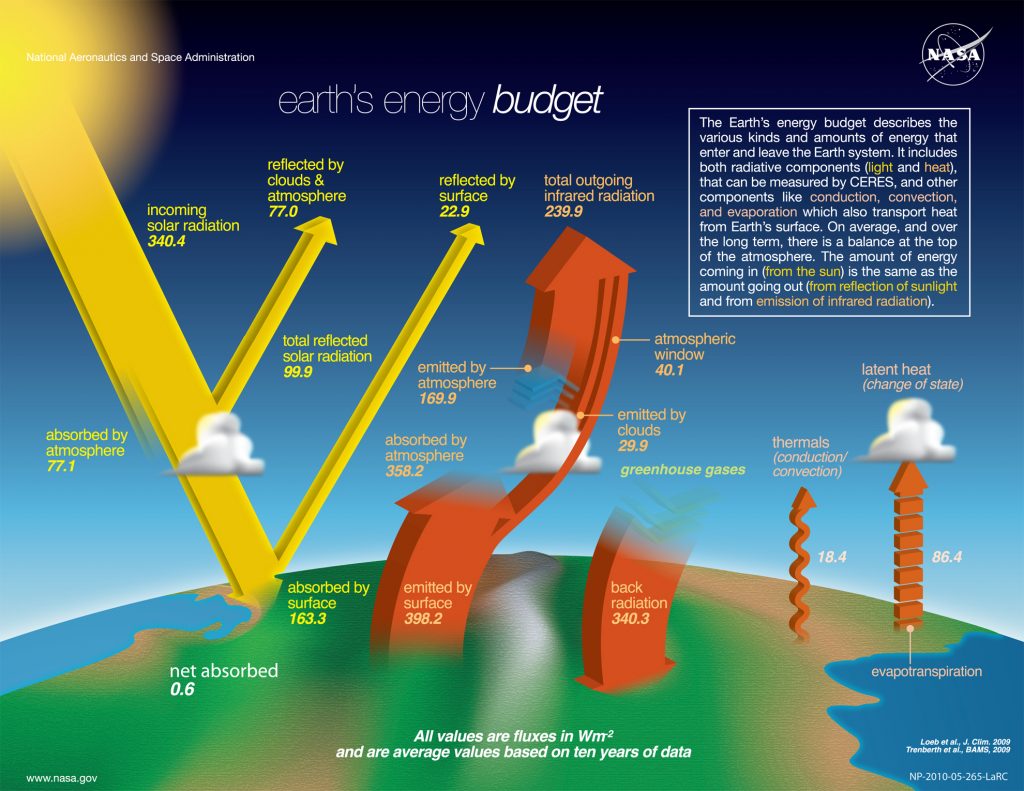
Source: Columbia Blogs
Solar Irradiance and Its Variations
Solar irradiance, the amount of radiant energy received from the sun per unit area, plays a crucial role in various applications, including photovoltaic systems. The solar radiation outside the Earth’s atmosphere is calculated based on the radiant power density at the sun’s surface, the radius of the sun, and the distance between the Earth and the sun. This calculated solar irradiance at the Earth’s atmosphere is approximately 1.36 kW/m2.
Variations in Solar Irradiance
The actual solar power density varies slightly due to factors such as the Earth-Sun distance changing as the Earth orbits the sun elliptically and the sun’s emitted power not being constant. The power variation caused by the elliptical orbit is around 3.4%, leading to the highest solar irradiance in January and the lowest in July. An equation that describes this variation throughout the year just outside the Earth’s atmosphere involves a cosine function and the day of the year.
Solar Constant and Spectrum
For practical applications like photovoltaics, the solar irradiance variations are typically considered small, and the solar constant is often treated as constant. The solar constant, with a standard value of 1.366 kW/m2 at air mass zero (AM0), defines the spectral irradiance of the sun. This standard value is crucial for designing and optimizing solar energy systems.
In conclusion, understanding solar irradiance variations and the solar constant is essential for harnessing solar energy efficiently in various applications, including solar power generation. By considering these factors, engineers and researchers can develop more effective solar energy technologies for a sustainable future.
Source: Climate Science Investigations South Florida – Energy: The Driver of Climate
Feel Free to comment your thoughts.
